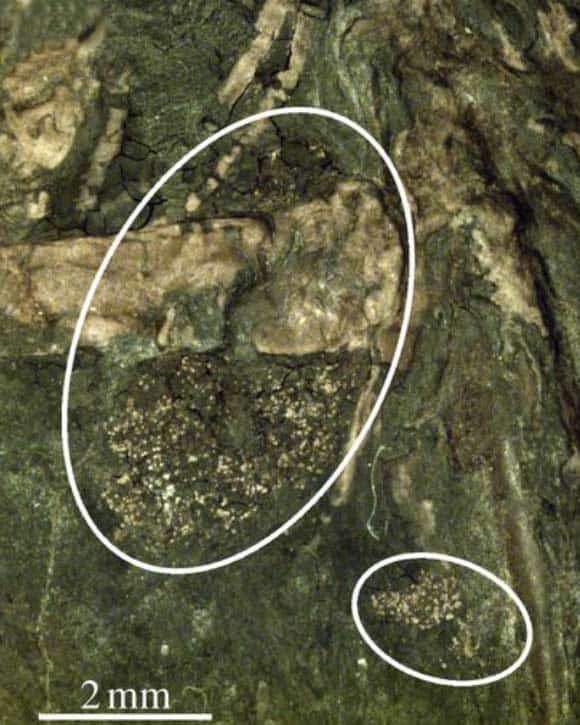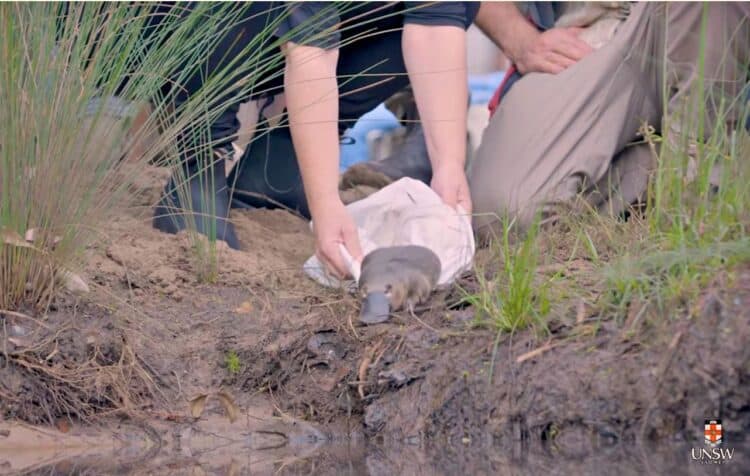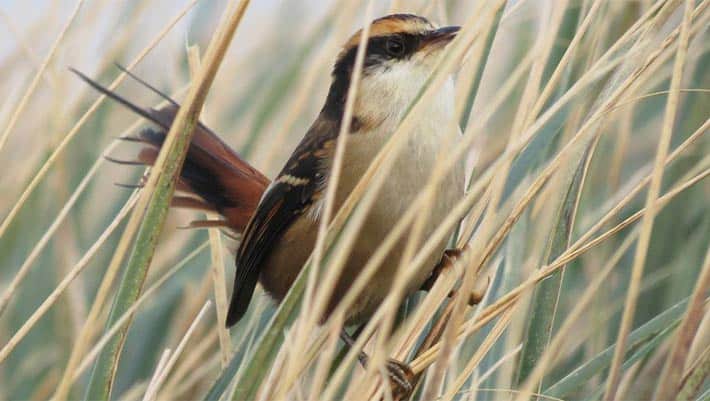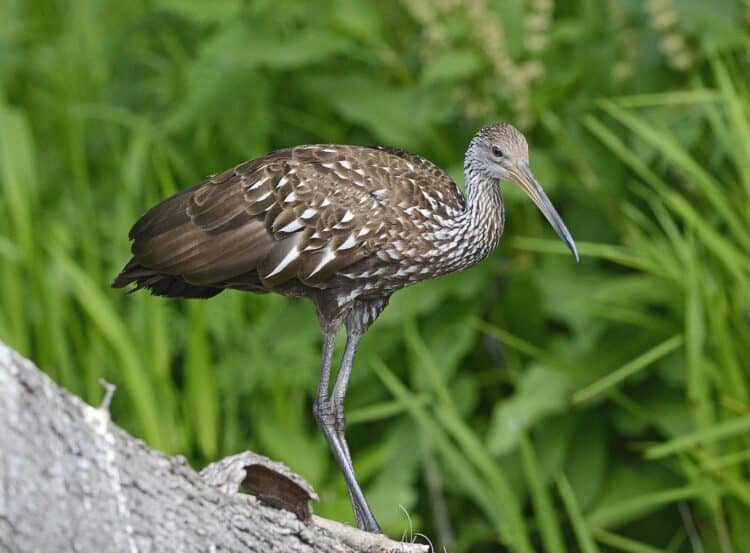Fossilized pollen grains found in the stomach of a 47-miilion-year-old Pumiliornis tessellatus, a tiny bird that lived in what is now Germany during Eocene, are earliest direct evidence of flower-visiting by birds.
Fossil evidence for the existence of pollinating insects dates back to the Cretaceous period. Until now, however, there had been no information at what time pollination through vertebrates, and birds in particular, came into existence.
“There have been occasional hints, such as characteristic bill shapes, that nectarivorous birds occurred in the past, but, so far, there existed no conclusive evidence,” said Dr Gerald Mayr, a scientist with the Senckenberg Research Institute in Frankfurt and the first author of a paper published in the journal Biology Letters.
“To date, the oldest fossil record of an avian pollinator came from the early Oligocene, about 30 million years ago.”
“But that fossil only offered indirect evidence of the existence of nectarivorous birds. Thanks to the excellent state of the newly discovered Pumiliornis fossil, we were able to identify two different types of pollen, which is the first conclusive proof of nectarivory,” Dr Mayr said.
The fossil of Pumiliornis tessellatus was unearthed at the Messel Pit, a site on the eastern side of the Rhine Rift Valley in Hesse, Germany.

“This is another discovery that underlines the unique significance of the Messel fossil site. The presence of pollen not only offers direct evidence of the bird’s feeding habits, but shows that birds already visited flowers as long as 47 million years ago,” said Dr Volker Wilde, a paleobotanist at the Senckenberg Research Institute in Frankfurt and the second author of the paper.
“This spectacular discovery also suggests another conclusion. If a pollinating bird lived as much as 47 million years ago, it must be assumed that some representatives of the flora at that time had already adapted to this mode of pollination.”
“To date, there were no fossil plants from this geological era that offer proof of the existence of ornithophily – i.e., the pollination of flowers through birds,” Dr Wilde said.
______
Gerald Mayr & Volker Wilde. 2014. Eocene fossil is earliest evidence of flower-visiting by birds. Biol. Lett., vol. 10, no. 5; doi: 10.1098/rsbl.2014.0223
This article was first published by Sci-News.com. Lead Image: This image shows the skeleton of Pumiliornis tessellatus from the middle Eocene; framed area indicates position of stomach contents. Image credit: Gerald Mayr / Volker Wilde.
What you can do
Support ‘Fighting for Wildlife’ by donating as little as $1 – It only takes a minute. Thank you.
Fighting for Wildlife supports approved wildlife conservation organizations, which spend at least 80 percent of the money they raise on actual fieldwork, rather than administration and fundraising. When making a donation you can designate for which type of initiative it should be used – wildlife, oceans, forests or climate.







Leave a Reply